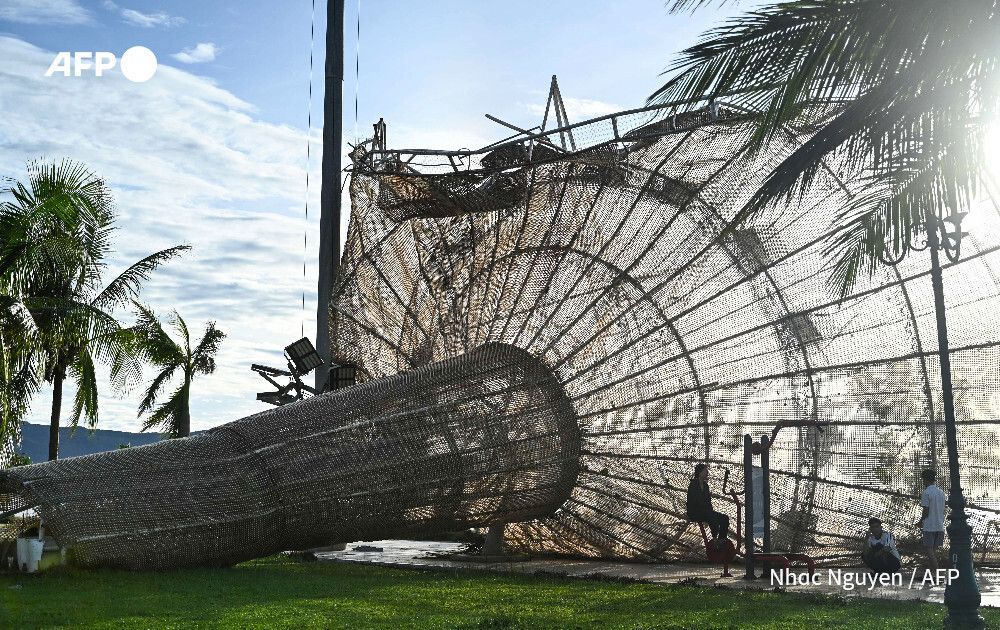Fresh from its deadly rampage through the Philippines, Typhoon Kalmaegi slammed into central Vietnam overnight, adding to a region already buckling under historic floods. The storm, which has now claimed at least five lives in Vietnam, leaves a sobering trail of destruction across Southeast Asia.
The typhoon made landfall in Vietnam’s Gia Lai province late Thursday, packing sustained winds of up to 149 kilometers per hour. The fierce winds ripped roofs from homes, uprooted trees, and left a landscape of debris for residents and soldiers to clear at first light.
“The Typhoon Was Really Terrible”
For communities in its path, the storm was an experience of sheer force. “The roof of my house was just blown away,” recounted Nguyen Van Tam, a 42-year-old fisherman in Gia Lai. While relieved his family and fishing boat were safe, he captured the collective sentiment: “the typhoon was really terrible, so many trees fallen.”
The official tally from Vietnamese authorities paints a picture of widespread damage: five fatalities, 57 houses completely collapsed, and nearly 3,000 more damaged. The storm’s fury also sank 11 boats and knocked out power for 1.6 million customers, though crews have been working tirelessly to restore service.
A Region Already on Its Knees
For Vietnam, Kalmaegi is the thirteenth storm of a relentless 2025 season and a cruel second blow. The central provinces were already reeling from more than a week of prior flooding and record-breaking rains that killed 47 people and submerged UNESCO World Heritage sites like Hoi An and Hue.
This new typhoon has only compounded a deep-existing crisis, adding to the billions of dollars in damage natural disasters have already inflicted on the country this year.
The Philippine Catastrophe
The full scope of Kalmaegi’s power was first revealed in the central Philippines, where it is now the deadliest storm of the year globally. The death toll there has risen to 188, with 135 people still missing.
The storm unleashed what meteorologists called a “once every 20 years” deluge on Cebu province, triggering flash floods of unprecedented force that swept away vehicles, shipping containers, and riverside homes. Rescue teams continue the grim search for the missing amidst the mud and wreckage.
Scientists continue to warn that a warming climate is intensifying such storms. Warmer oceans provide more energy for typhoons to strengthen rapidly, while a hotter atmosphere holds more moisture, leading to the catastrophic, record-breaking rainfall witnessed in both the Philippines and Vietnam. For the survivors, the road to recovery will be long and arduous.
{Source: IOL}




























